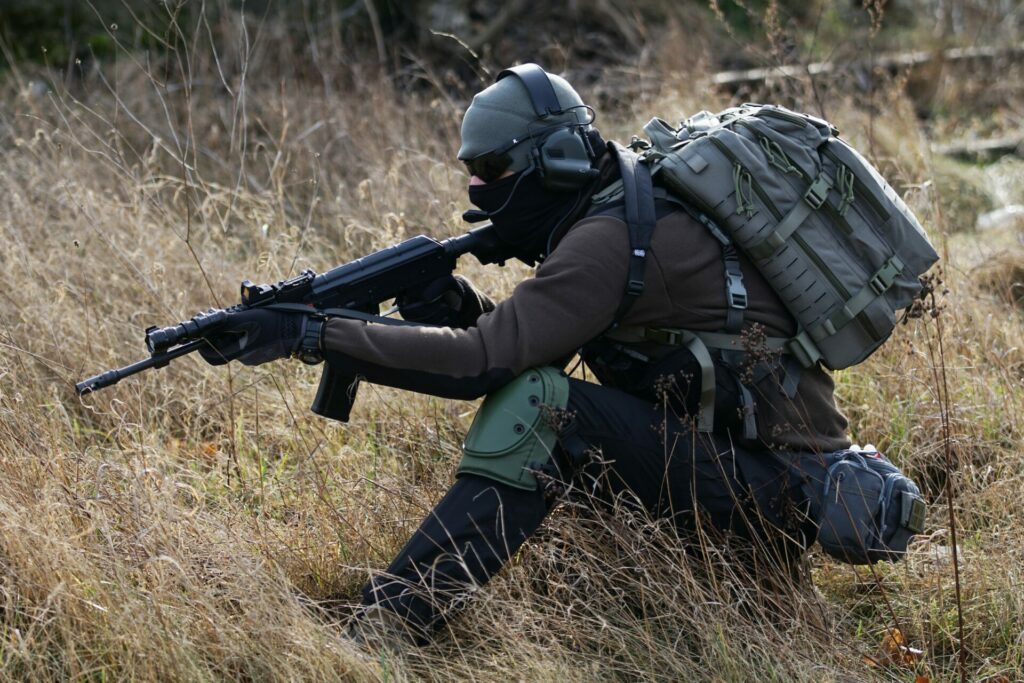Europe's arms imports have nearly doubled in the past five years, primarily due to Russia's invasion of Ukraine, claims a report released by the Stockholm International Peace Research Institute (SIPRI) on Monday.
Ukraine emerged as the fourth-largest global arms buyer and France took over from Russia as the second-largest arms exporter behind the US, the research institute revealed.
From 2019 to 2023, European arms imports soared by 94% compared to the previous five years. This rise can largely be attributed to Russia's ongoing invasion, explained SIPRI researcher Katarina Djokic.
Given the delivery volumes' significant yearly fluctuations, SIPRI measures five-year trends for more stable data.
Since February 2022, at least 30 countries have provided substantial military aid to Ukraine. However, other European nations have also increased their imports, a significant portion of which came from the top global arms exporter – the US. From 2019 to 2023, America accounted for 55% of Europe's armed imports, a rise of 35% on the 2014-2018 period.
According to Djokic, NATO membership and collaborative development of military equipment such as F-35 fighter jets explain the high American import figures. She also suggests the surge in European arms imports from the US reflects a scramble to secure weaponry quickly, often at the expense of developing new military systems.
Overall, US exports increased by 17% during the observation period, representing 42% of global arms exports.
Related News
- 'Vicious cycle': Rising drug violence expected to fuel illegal arms trade
- Foiled attack in Brussels: Three teenagers arrested in France
Russia, once the second-largest global arms exporter, saw its exports plummet by 53% between 2014 and 2023. Decreasing exports also translated to fewer destination countries, from 31 in 2019 to just 12 in 2023.
"There are also significant changes in the policies implemented by their main customer, China," noted Djokic.
As a longstanding, major buyer of Russian arms, China has focused more on domestic production recently. However, China still accounts for 21% of Russia's exports with India being the top recipient at 34%.
France benefitted from Russia's export decline, with a 47% rise in its own exports. It now ranks as the second-largest global weapons exporter, responsible for 11% of the world's arms transfers in 2019-2023. Djokic also noted that France succeeded in selling its Rafale combat aircraft outside of Europe.
Gaza's impact
The recent conflict in Gaza – triggered by Hamas' attack on Israel on 7 October – has already impacted arms imports to Israel. Primarily, this impact is visible through increased weapons transfers from the US and new military aid or expedited existing contracts, added SIPRI researcher Zain Hussain.
Long-term effects are currently difficult to predict. There is a push in some European states to limit arms supplies to Israel due to alleged violations of international humanitarian law, Hussain said. These potential measures could affect future arms transfers to Israel.
Israel is also a major arms exporter. Some EU member states and NATO members, for example Germany and Finland, have recently concluded arms deals with Israel. Ukraine has also asked Israel to deliver advanced air defense systems and other arms to defend itself against Russia’s aggression.

